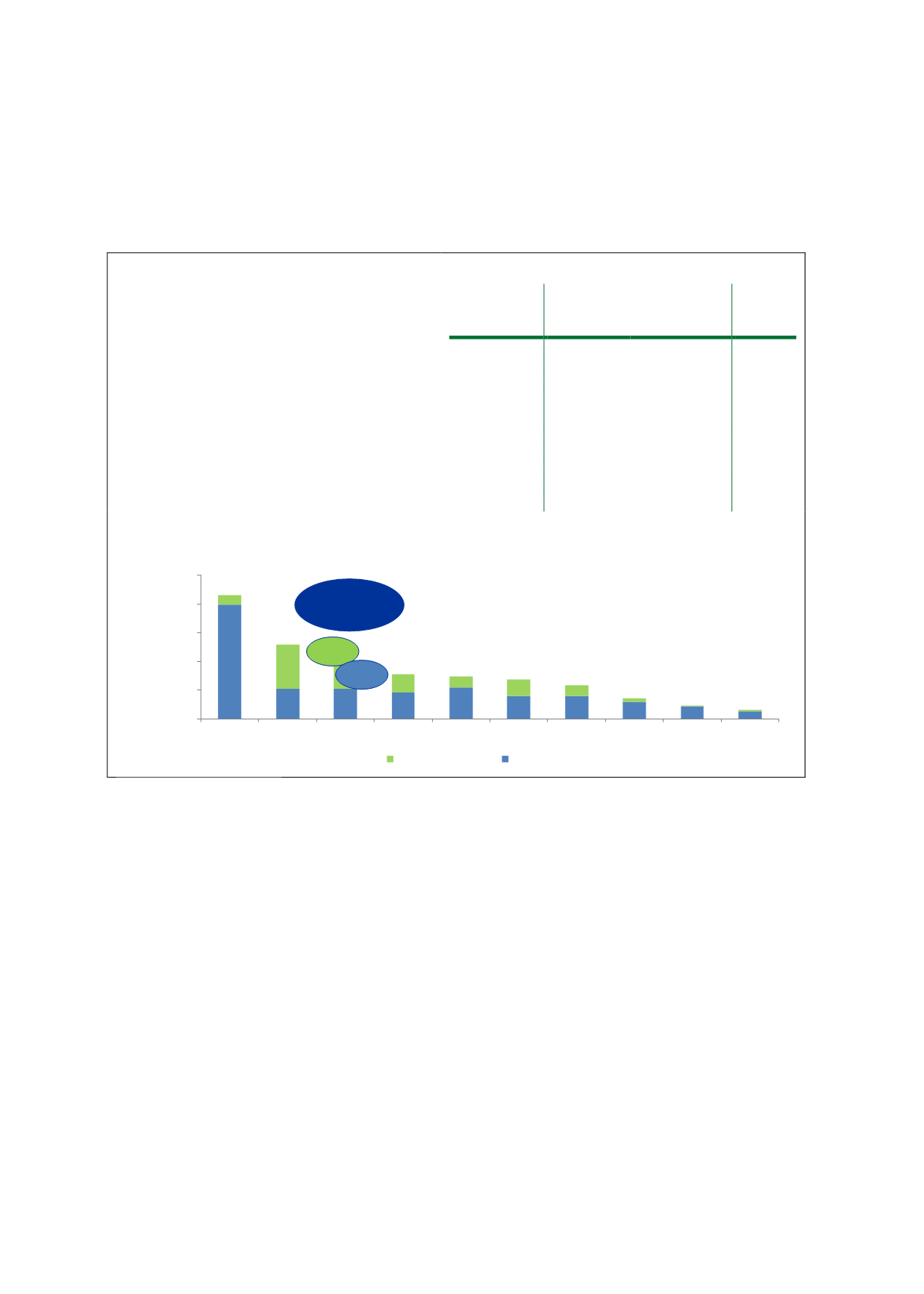

77
In comparison to other debt markets in Asia, Malaysia’s bond market remains competitive
against the other big economies in the region, as explained in Box 4.3.
Box 4.3: Size of Selected Asian Debt Markets as at end-2016 (USD billion)
Malaysia’s sizeable corporate bond market
As a percentage of GDP, the size of Malaysia’s
bond market ranked third after those of Japan
and South Korea as at end-2016. In terms of
absolute value, the USD260.2 billion Malaysian
bond market was placed fifth after Japan, China,
South Korea and Thailand as at end-2016.
The GoM’s pragmatic approach to developing
the domestic bond market is in line with its
objective of attaining “developed nation” status
by 2020.
Corporate
bond
market
Government
bond
market
Total
Japan
670.8
8,965.8 9,636.6
China
2,155.0
4,974.0 7,129.0
Korea
1,010.9
702.0 1,713.7
Thailand
81.5
221.5
303.0
Malaysia
119.0
141.2
260.2
Singapore
99.0
137.0
236.0
Hong Kong
97.0
133.0
230.0
Indonesia
23.0
139.0
163.0
Philippines
18.0
80.0
98.0
Vietnam
2.0
42.0
44.0
Size of Selected Debt Markets Relative to GDP (as at end-2016)
0.0%
50.0%
100.0%
150.0%
200.0%
250.0%
Japan
Korea Malaysia Singapore Thailand Hong Kong China Philippines Vietnam Indonesia
%ofGDP
PrivateSector
PublicSector
Balanced
Mix
46%
54%
Source: Asian Bonds Online
4.2.2
GROWTH OF THE SUKUK MARKET IN MALAYSIA
Spurred by the success of the corporate bond market, the GoM and regulators had the foresight
to strengthen its Islamic finance ecosystem, which has propelled Malaysia into the
international financial markets as a world leader in sukuk issuance. To incentivise an already
active corporate bond market, additional fiscal and financial stimuli had been introduced, such
as a tax-neutral framework and tax deductions for sukuk issuance expenses, which have honed
sukuk’s competitive advantage against conventional bonds.
As a result, the outstanding value of sukuk issued in Malaysia shows an average annual growth
rate of 13% over the last decade, compared to 4% for conventional bonds. As at end-June
2017, the outstanding value of LCY sukuk amounted to RM718.4 billion, against RM534.0
billion for conventional bonds. Since 2014, outstanding sukuk has surpassed outstanding
bonds by more than half, and the percentage has been rising steadily as the quasi-government
and corporate sectors have been opting to issue sukuk instead of conventional bonds.
















